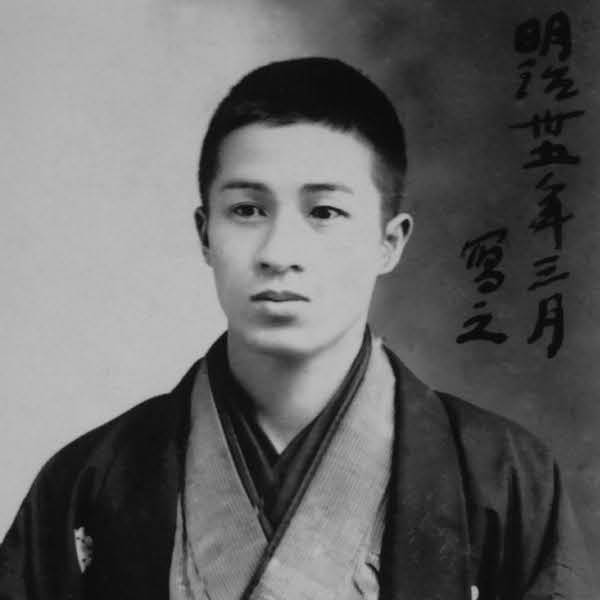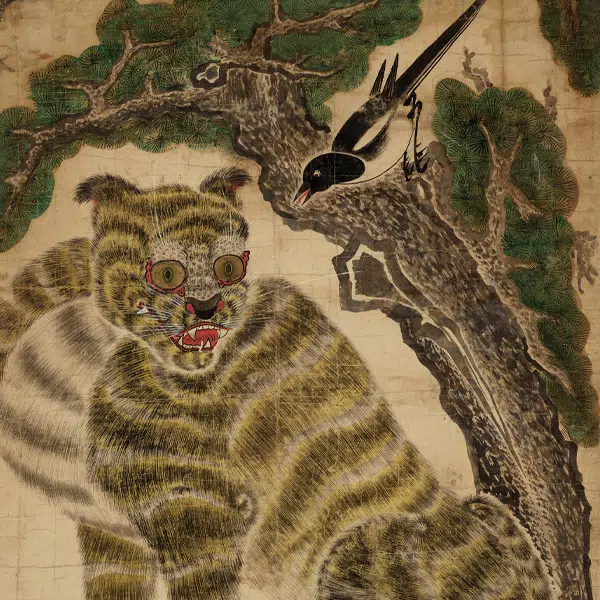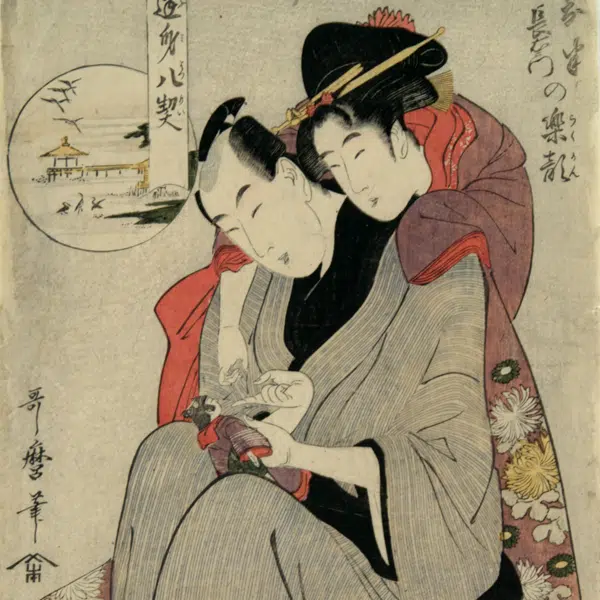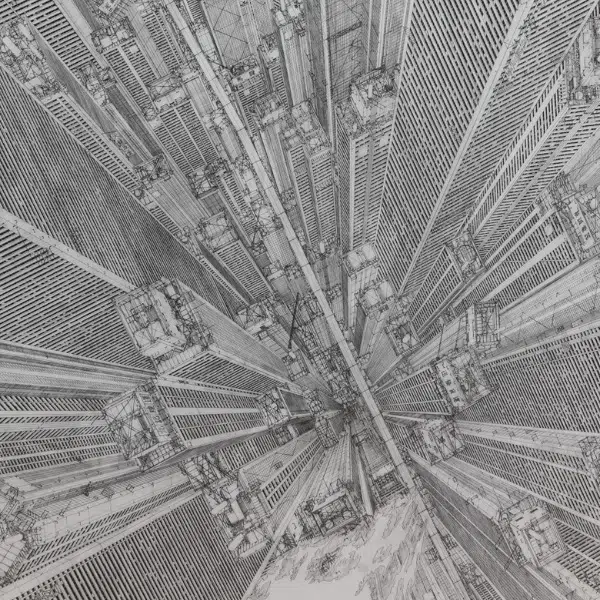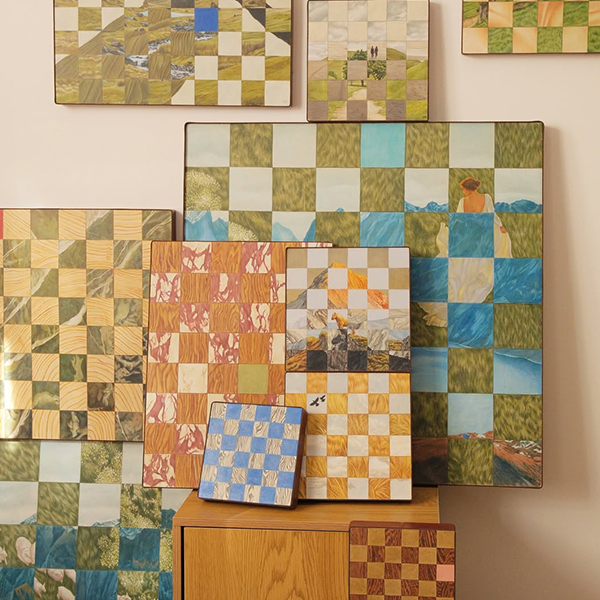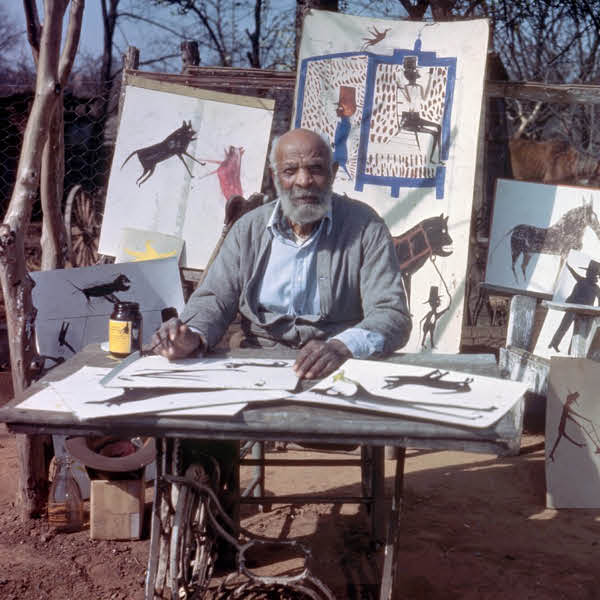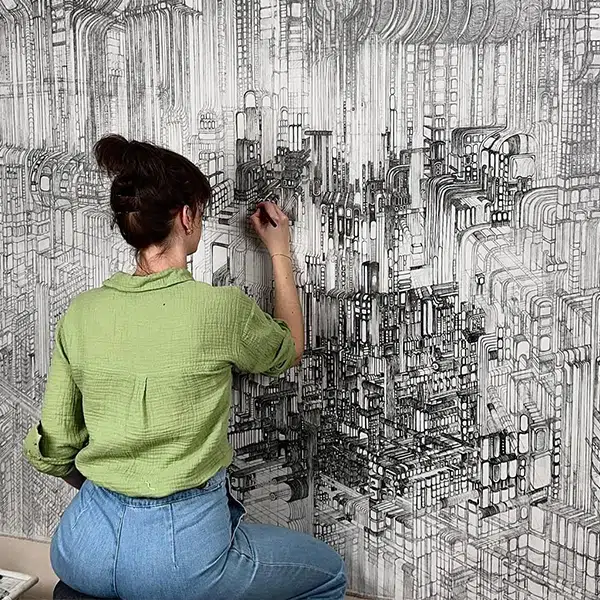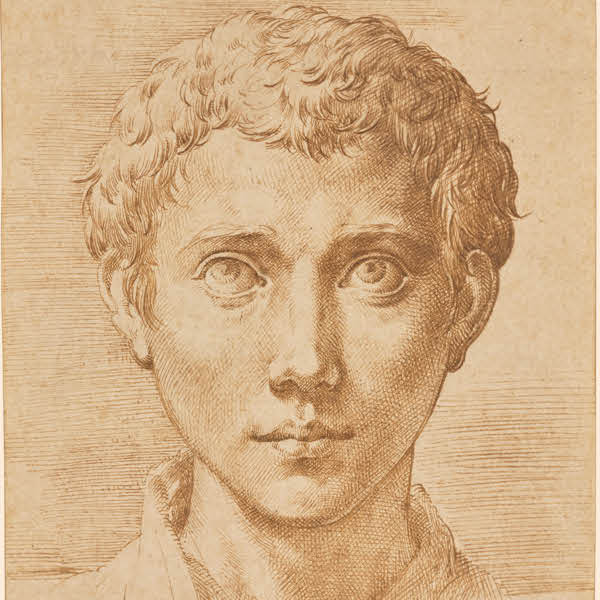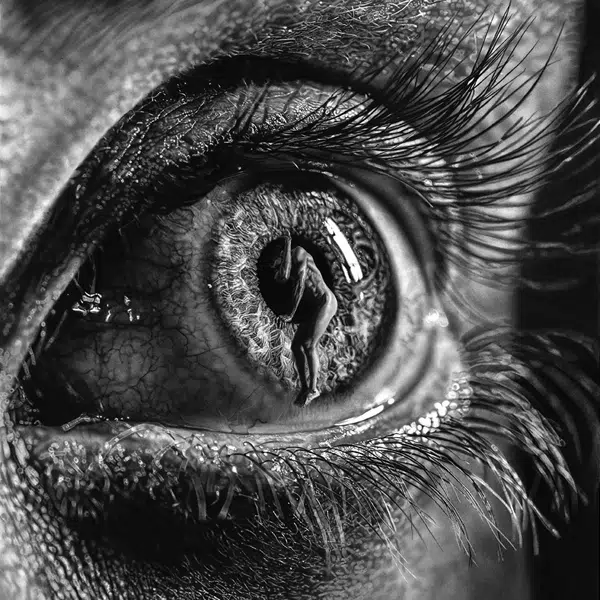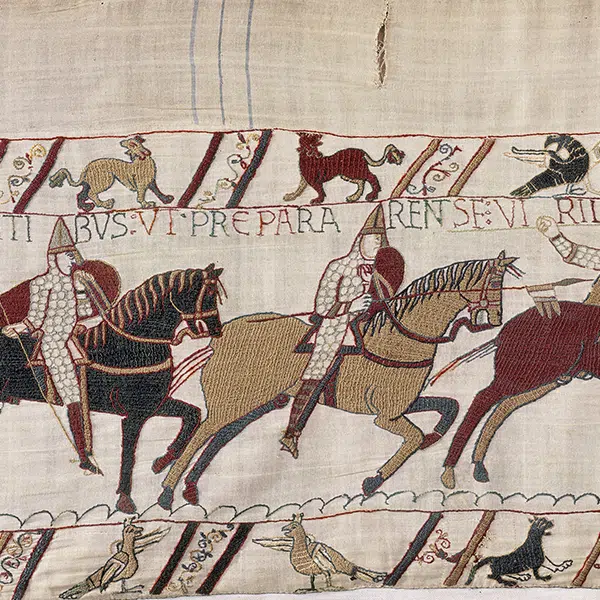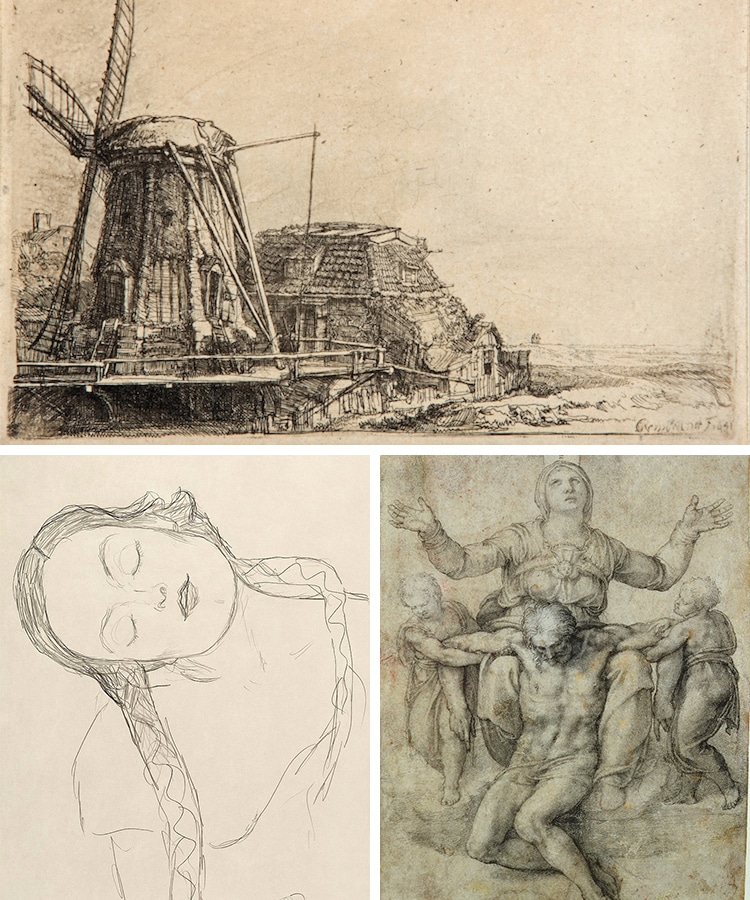
Drawing is one of the oldest forms of visual art, with a long and diverse history. It is widely considered the foundation of all art and the first medium students must master. And while its widespread accessibility means it continues to be a popular pursuit for creatives around the world, drawings are often overshadowed by painting and sculpture.
However, many artists famous for their color work were also exemplary draftspeople. In fact, masters like Leonardo da Vinci, Michelangelo, and Rubens made countless preparatory drawings before each painting to study their subjects and develop compositions. Similarly, Jean-Auguste-Dominique Ingres created refined graphite portraits, which are some of his most celebrated works today.
What makes a composition the best drawing an artist has created? While it's subjective, there are some things we can look toward as markers of a great drawing. One is the composition. How do the elements of the artwork work together to create something cohesive and aesthetic? There should be some way in which the composition draws your eye and keeps it on the page. The other is mastery of medium. Ink, pencil, charcoal, and collage are some of the most common materials used in drawing. How well they wield the medium can also make an artwork all the more impressive.
Here, we will explore 12 famous artists who utilized the power of lines in their artwork.
Who are the most famous drawing artists? Learn about some of the greatest masters of the line.
Leonardo da Vinci
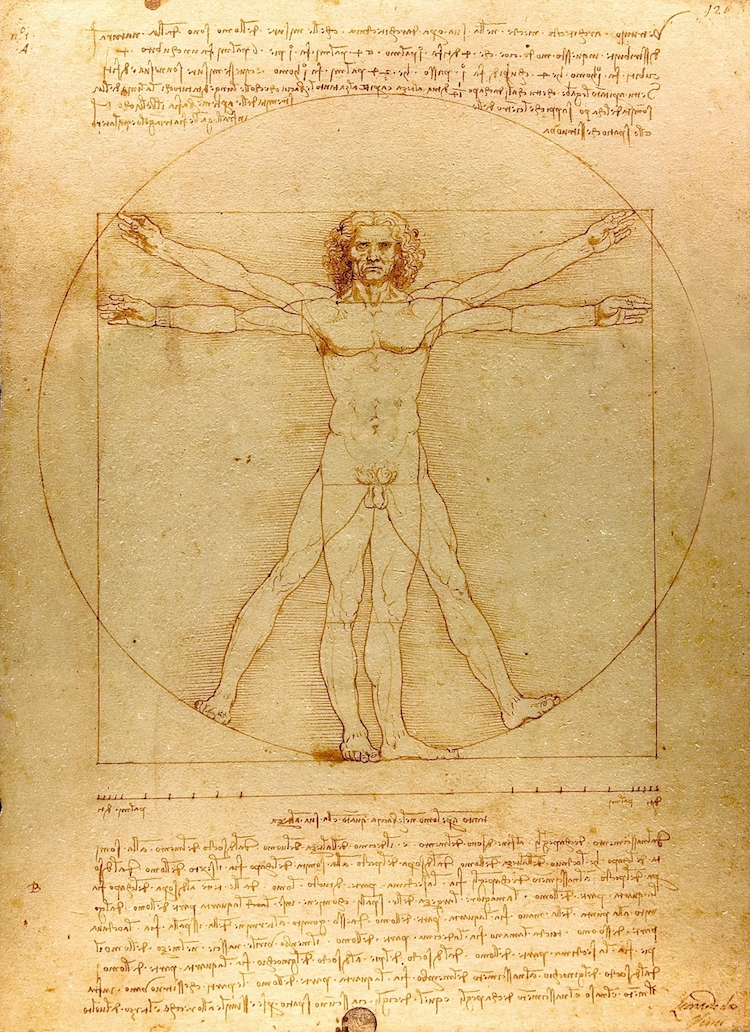
Leonardo da Vinci, “Vitruvian Man,” c. 1492 (Photo: Luc Viatour via Wikimedia Commons, Public domain)
Full Name | Leonardo di ser Piero da Vinci |
Born | April 15, 1452 (Vinci, Italy) |
Died | May 2, 1519 (Amboise, France) |
Notable Artwork | Mona Lisa, Vitruvian Man |
Movement | Italian Renaissance |
Leonardo da Vinci is the quintessential Renaissance man. While many associate him solely with his famous painting the Mona Lisa, his unending curiosity inspired him to study art, engineering, and nature. And all of his interests can be found in his legacy of notebooks.
In these notebooks are hundreds of detailed sketches exploring human anatomy, animals, plant life, inventions, and more. They show how Da Vinci used drawings to think critically as well as solve problems.
Albrecht Dürer
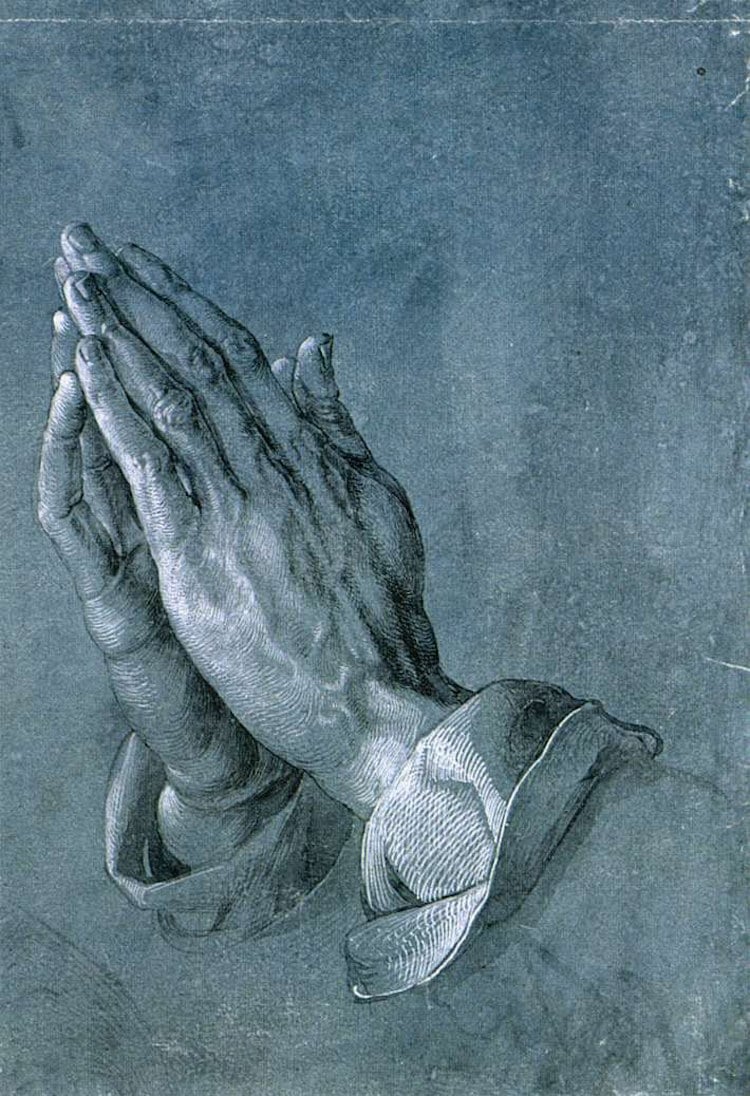
“Praying hands,” pen and ink drawing, 1508 (Photo: Wikimedia Commons, CC0 1.0)
Full Name | Leonardo di ser Piero da Vinci |
Born | April 15, 1452 (Vinci, Italy) |
Died | May 2, 1519 (Amboise, France) |
Notable Artwork | Mona Lisa, Vitruvian Man |
Movement | Italian Renaissance |
Northern Renaissance artist Albrecht Durer was the first artist to elevate printmaking to a form of fine art. He produced engravings, woodcuts, and etchings based on his meticulously detailed drawings. It was the first time someone attempted to duplicate such realistic illustrations, and its overwhelming success subsequently inspired other artists to make and distribute prints.
Michelangelo Buonarroti

Michelangelo, “The Dream of Human Life,” c. 1500s (Photo: The Courtauld via Wikimedia Commons, Public domain)
Full Name | Michelangelo di Lodovico Buonarroti Simoni |
Born | March 6, 1475 (Caprese, Italy) |
Died | February 18, 1564 (Rome, Italy) |
Notable Artwork | Sistine Chapel ceiling, David |
Movement | Italian Renaissance |
For many, Michelangelo is still the greatest artist of all time. His mastery over different disciplines—painting, sculpture, architecture—is unparalleled. At the core of his creative practice, however, was drawing.
Before each painting and sculpture, the Italian artist created numerous sketches of the human figure. These expressive drawings reveal a deep understanding of anatomy and physiology and provide insight into how Michelangelo approached his elaborate compositions.
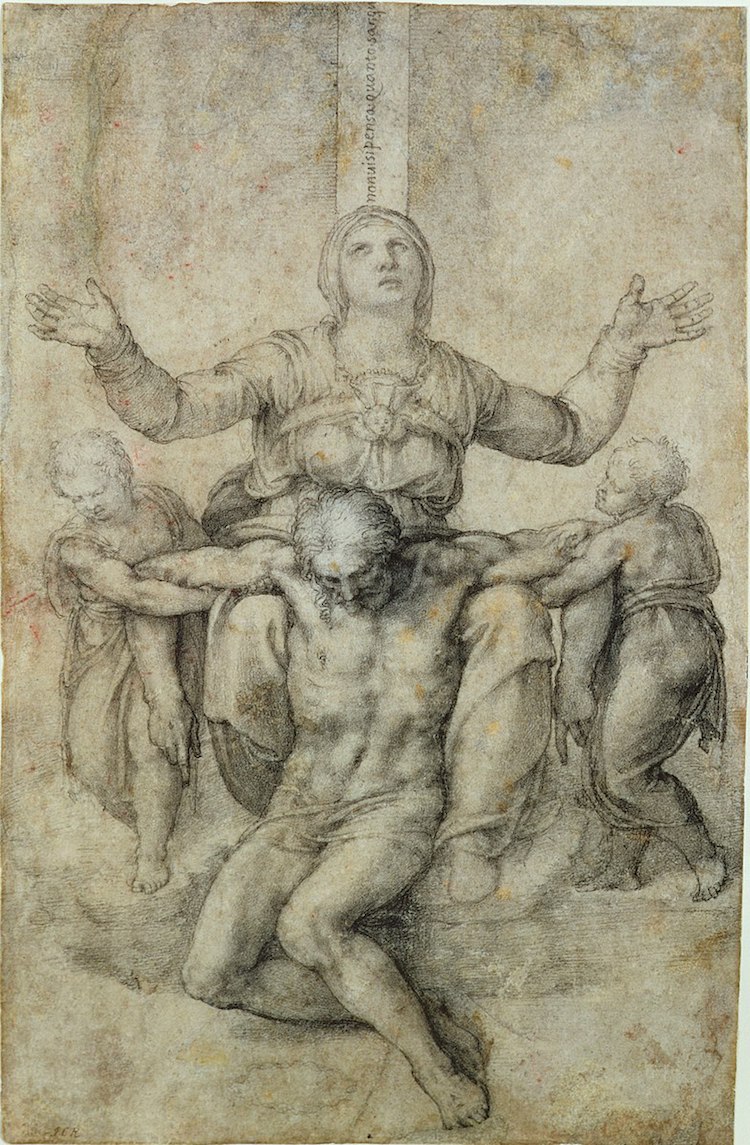
Michelangelo, “Pietà,” c. 1546 (Photo: Isabella Stewardt Gardner Museum via Wikimedia Commons, Public domain)
Rembrandt
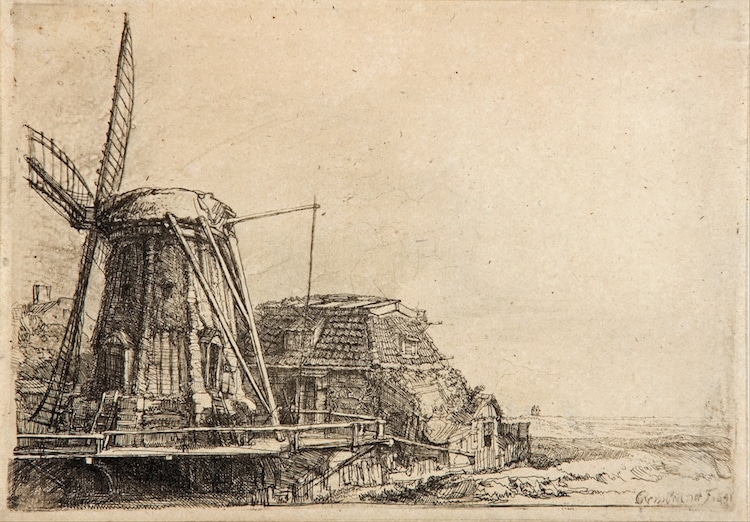
Rembrandt, “The Windmill,” 1641 (Photo: Art Gallery of South Australia via Wikimedia Commons, Public domain)
Full Name | Rembrandt Harmenszoon van Rijn |
Born | July 15, 1606 (Leiden, Netherlands) |
Died | October 4, 1669 (Amsterdam, Netherlands) |
Notable Artwork | The Night Watch |
Movement | Baroque |
Celebrated for his successes spanning multiple media and types of subject matter, Rembrandt was called a “colossus of art” by prolific sculptor Auguste Rodin. In his ink drawing, he was known for his ability to render both landscapes and subjects quickly and confidently.
British artist David Hockney praised Rembrandt's gestural drawing A child being taught to walk, saying: “I think it's the greatest drawing ever done… It's magnificent drawing, magnificent.”
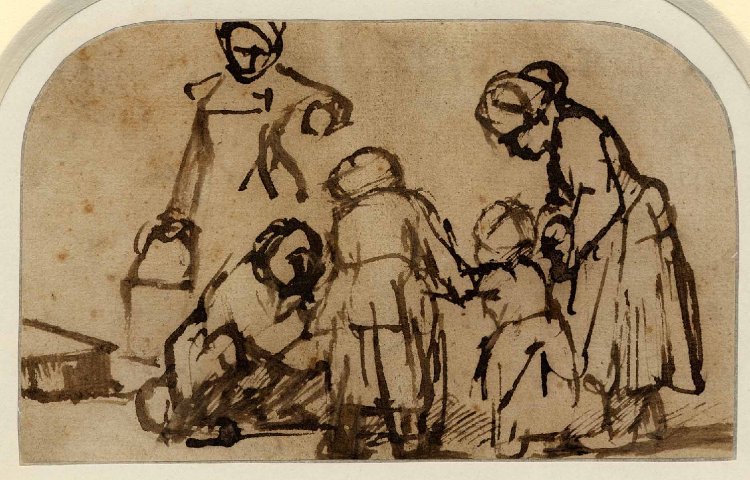
Rembrandt, “A Child Being Taught to Walk,” 1660 (Photo: The British Museum via Wikimedia Commons, Public domain)
Peter Paul Rubens
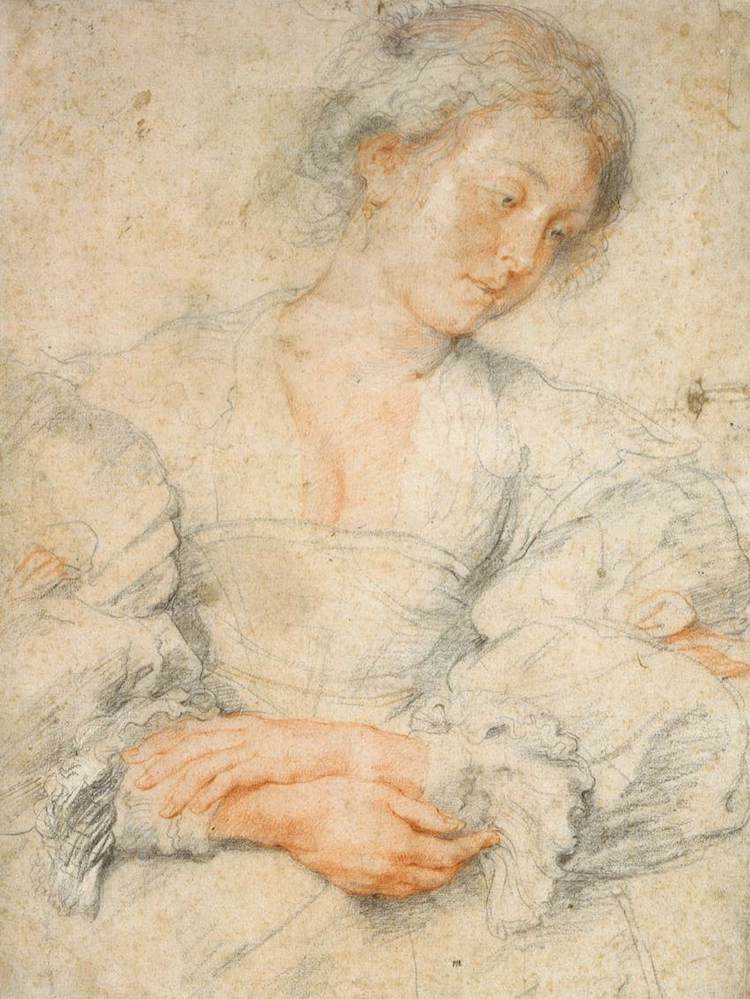
Peter Paul Rubens, “Young Woman with Folded Hands,” c. 1629–30 (Photo: Museum Boijmans Van Beuningen
via Wikimedia Commons, Public domain)
Full Name | Sir Peter Paul Rubens |
Born | June 28, 1577 (Siegen, Germany) |
Died | May 30, 1640 (Antwerp, Belgium) |
Notable Artwork | Rape of the Daughters of Leucippus |
Movement | Baroque |
Known for his voluptuous women, opulent colors, and dynamic compositions, Peter Paul Rubens is considered one of the most influential painters of the Baroque period. Before he embarked on a commissioned painting, he created several preliminary studies of his subjects.
These surviving sketches display the Flemish artist's confident drafting ability. With just a few confident lines, he could convey gestures and emotion.
J.M.W. Turner
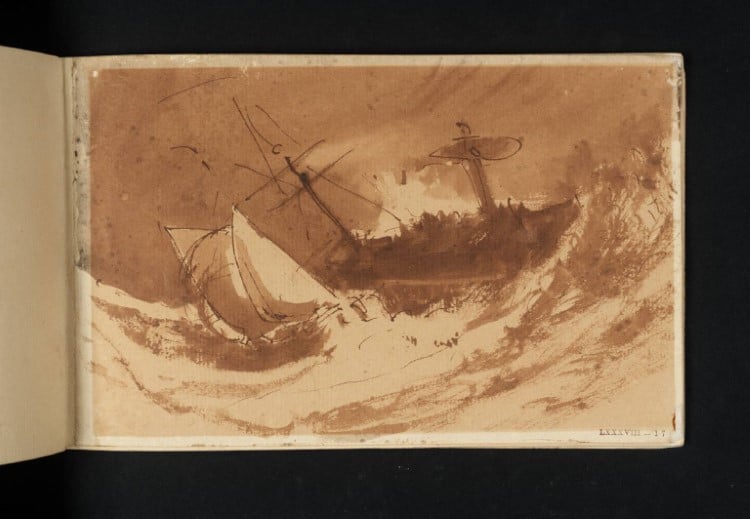
J.M.W. Turner, “Shipwreck,” circa 1805 (Photo: David Blayney Brown (ed.), J.M.W. Turner: Sketchbooks, Drawings and Watercolours, Tate Research Publication)
Full Name | Josph Mallord William Turner |
Born | April 23, 1775 (London, England) |
Died | December 19, 1851 (Chelsea, England) |
Notable Artwork | Rain, Steam and Speed — The Great Western Railway |
Movement | Romanticism |
Known for his Romantic landscape and seascape paintings, J.M.W. Turner also produced 30,000 works on paper over the course of his life. Turner began exhibiting and selling his drawings at a young age. He later produced everything from topographical drawings to dynamic sketches that were used as studies for larger paintings.
Jean-Auguste-Dominique Ingres
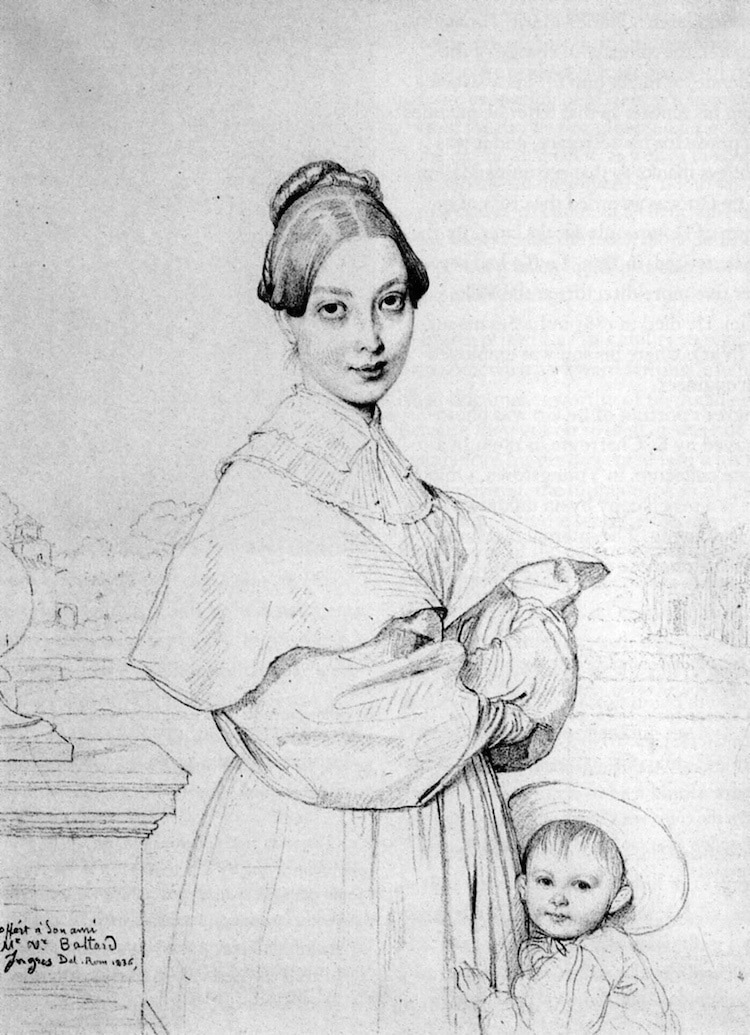
Jean-Auguste-Dominique Ingres, “Portrait of Victor Baltard's Wife (born Adeline Lequeu) and their Daughter Paule,” c. 1800s (Photo: Wikimedia Commons, Public domain)
Full Name | Jean-Auguste-Dominique Ingres |
Born | August 29, 1780 (Montauban, France) |
Died | January 14, 1867 (Paris, France) |
Notable Artwork | La Grande Odalisque, The Turkish Bath |
Movement | Neoclassicism |
Neoclassical artist Jean-Auguste-Dominique Ingres was known for his larger-than-life paintings, which celebrated traditional painting techniques. And while his work in oil was sometimes scrutinized by contemporary critics for its gothic undertones, his numerous drawings and graphite portraits were highly revered for their precision in capturing a subject's physical appearance and personality.
Edgar Degas
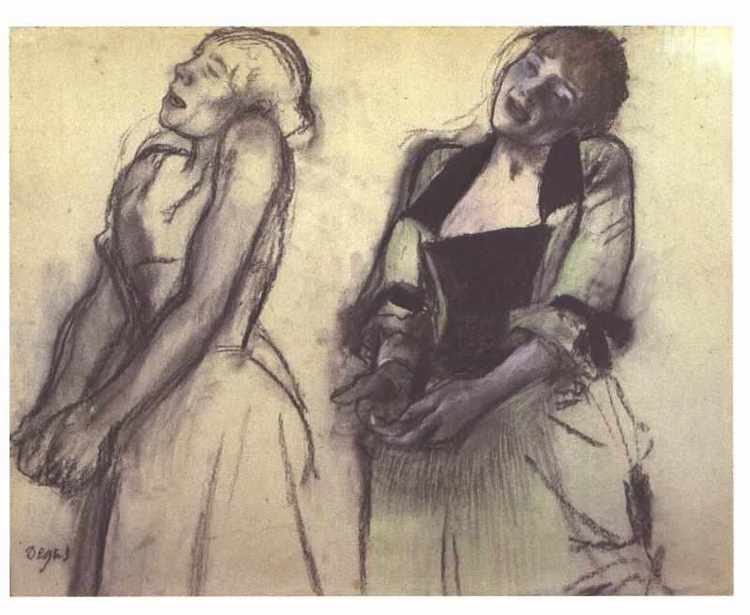
Edgar Degas, “Two Studies of a Singer,” c. 1870-1900s (Photo: Wikimedia Commons, Public domain)
Full Name | Hilaire-Germain-Edgar De Gas |
Born | July 19, 1834 (Paris, France) |
Died | September 27, 1917 (Paris, France) |
Notable Artwork | The Dance Class |
Movement | Impressionism |
While most Impressionists found inspiration in picturesque landscapes, French artist Edgar Degas preferred capturing human subjects, especially those in movement. In addition to his many well-known paintings, he also made countless pastel and pencil studies of ballerinas, singers, and bathing women—each of which displays his finesse at rendering the human form in action.
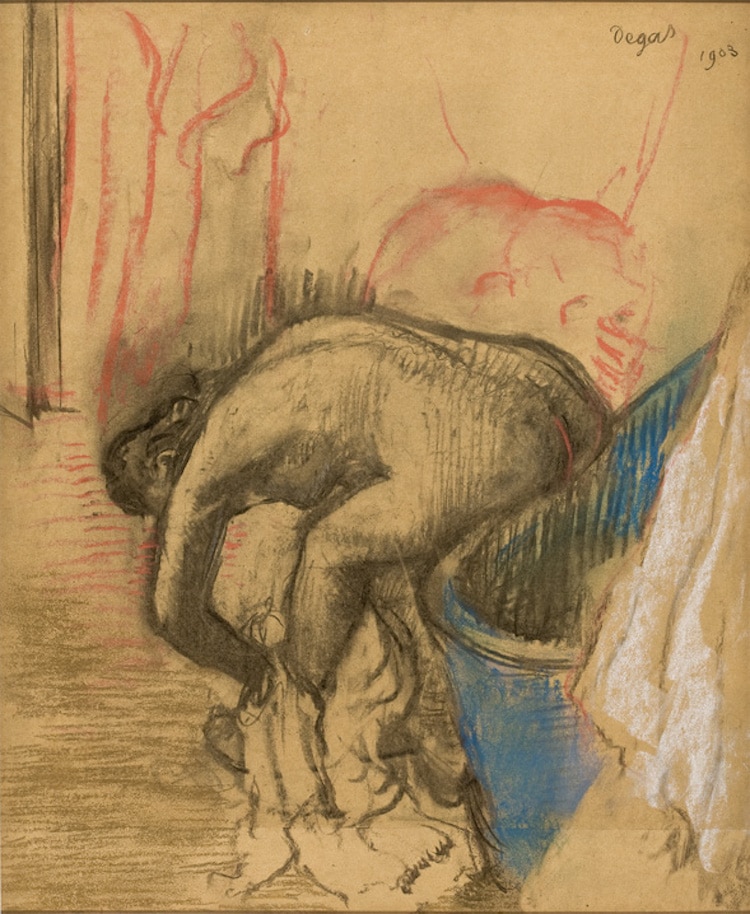
Edgar Degas, “Woman Drying Her Left Leg,” 1903 (Photo: São Paulo Museum of Art via Wikimedia Commons, Public domain)
Gustav Klimt
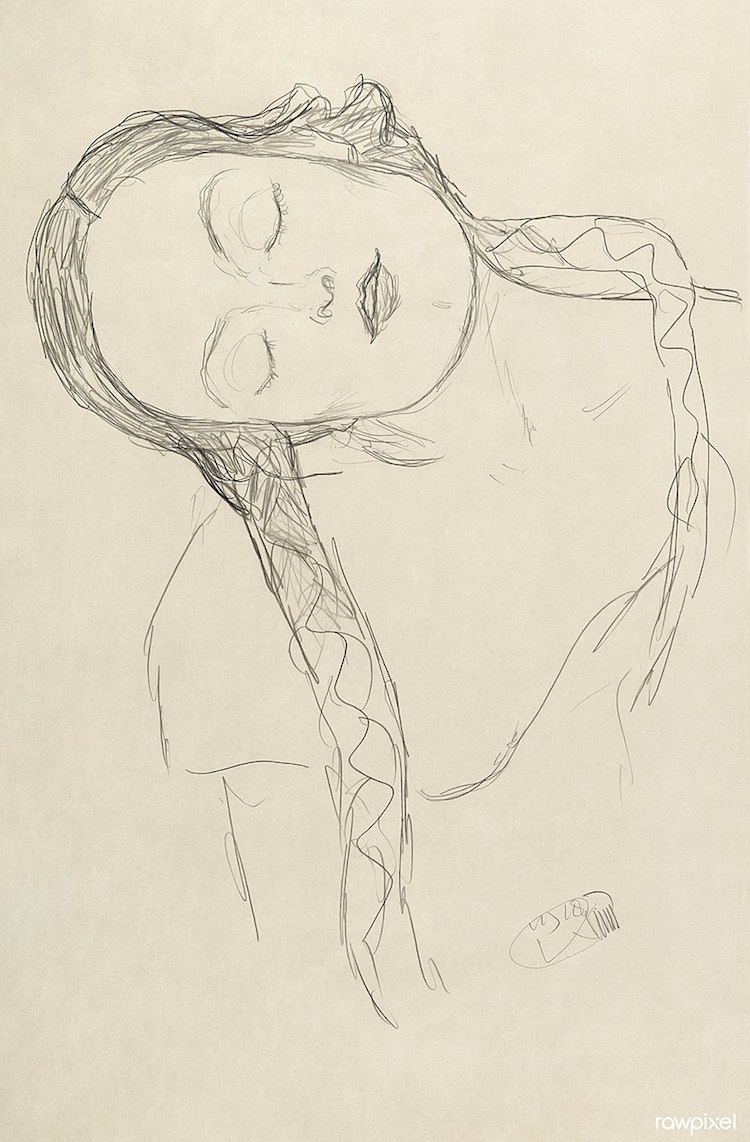
Gustav Klimt, “Half Figure of a Young Woman,” 1918 (Photo: The Met Museum via Wikimedia Commons, CC BY 2.0)
Full Name | Gustav Klimt |
Born | July 14, 1862 (Baumgarten, Austria) |
Died | February 6, 1918 (Vienna, Austria) |
Notable Artwork | The Kiss |
Movement | Vienna Secession, Art Nouveau |
Most associate Gustav Klimt‘s glittering paintings with their golden touches. But the Austrian artist was also a master draftsman who utilized strong lines in his compositions. His striking renderings of the female figure utilize foreshortening and perspective.

Gustav Klimt, “Two Studies of a Seated Nude with Long Hair,” 1901-1902 (Photo: Wikimedia Commons, Public domain)
Henri de Toulouse-Lautrec

Henri de Toulouse-Lautrec, “The Jockey,” 1899 (Photo: Wikimedia Commons, Public domain)
Full Name | Henry Marie Raymond de Toulouse-Lautrec-Monfa |
Born | November 24, 1864 ( Albi, Tarn, France) |
Died | September 9, 1901 (Saint-André-du-Bois, France) |
Notable Artwork | At the Moulin Rouge |
Movement | Post-Impressionism |
A contemporary of Vincent van Gogh and Paul Gauguin, French artist Henri de Toulouse-Lautrec spent most of his life in the theatrical underbelly of Paris.
In his posters, Toulouse-Lautrec employs masterful use of the line to characterize well-known performers of the time, including Yvette Guilbert, Louise Weber, and Jane Avril. His draftsmanship captured the movement of dance and the energy of Parisian nightlife during the Belle Époque.
Henri Matisse
View this post on Instagram
Full Name | Henri Émile Benoît Matisse |
Born | December 31, 1869 (Le Cateau-Cambrésis, France) |
Died | November 3, 1954 (Nice, France) |
Notable Artwork | The Dance |
Movement | Post-Impressionism, Fauvism |
As a masterful draughtsman, Henri Matisse is known for his incredible use of lines. His curvy, flowing lines were a signature of his work, and he clearly understood the importance of drawing to his artistic practice. In fact, he once said, “My line drawing is the purest and most direct translation of my emotion.”
View this post on Instagram
Pablo Picasso
View this post on Instagram
Full Name | Pablo Diego José Francisco de Paula Juan Nepomuceno María de los Remedios Cipriano de la Santísima Trinidad Ruiz y Picasso |
Born | October 25, 1881 (Málaga, Spain) |
Died | April 8, 1973 (Mougins, France) |
Notable Artwork | Les Demoiselles d'Avignon, Guernica |
Movement | Cubism |
With a career spanning 79 years, Pablo Picasso is known for changing his painting style several times. Throughout his many creative shifts, however, the artist retained a uniquely decisive way of capturing the world around him in drawings. In particular, these sketches show how the Spanish artist needed only a few bold lines to evoke the form of his subjects.
View this post on Instagram
This article has been edited and updated.
Related Articles:
Amazing Collection of Michelangelo Drawings Is Now in the U.S. For the First Time
This Artist Creates Larger-Than-Life Flower Drawings With Colored Pencils
The Significance of Leonardo da Vinci’s Famous “Vitruvian Man” Drawing











































































